The college series is back with another post to help students in the arts with issues relevant to them. Previously we spoke about how to find a job or internship HERE. In this blog post, we are going to talk about writing cover letters, resumes, and CVs, as well as the different uses for each one.
Cover Letters:
Cover letters are your opportunity to talk to the prospective employer in your own voice. Generally, people have the most trouble with cover letters because in order to write a good cover letter, its more than a list of your accomplishments. There are three parts to a cover letter: who you are and what job you are interested in, why you think that you are right for this job, and what you think you can learn from this job and where you think it can go. There is always room to add more information, but a cover letter should not run over a page long (you should probably stay around the half-page to two thirds-page mark). Try to make the writing specific to each company or employer. Address the person to whom the letter will be sent directly rather than using "to whom it may concern" or "dear sir/madam." If you do not know the name of the person, call the company and ask who the letter would be sent to. Do some research on the company and reference what you know about the employer to show that you care about this job opportunity. You can find cover letter templates online that outline placement of addresses and headers, but try not to copy the wording of the template too much. Finally, make sure you proof read your cover letter before sending it out to anyone. Its a simple task that can save you a lot in the long run.
Resumes and CVs:
A copy of my CV from early 2017. it is organized into sections: education, teaching experience, work experience, juried exhibitions, group exhibitions, and publications.
Resumes and CVs are more formal outlines of your accomplishments and previous work experiences. Here, you don't have an opportunity to really talk about what you have learned in the past or what kind of person you are. Resumes and CVs are similar, but not the same. Resumes are slightly more expansive than CVs in wording but do not incorporate the exhibitions and publications that you have been in. On a resume, after listing your education, you have the opportunity to describe your duties at each of your previous jobs. Here you can list your responsibilities and the skills you have from these experiences. You can also list your awards and special skills on a resume. A CV is more artist centered, usually listing the exhibitions, publications, and curatorial experiences you have been part of. You still list your education and employment experience, but when sending out a CV, you are also showing that you are a working artist, curator, or writer. If you are not sure about the layout of a CV or resume, there are plenty of online resources and templates you can download if you cannot make your own.
Good to know:
Something great to remember is to make your cover letter and your resume/CV in the same typeface. It ties the two together as from the same person and two different typefaces can be distracting to the employer. Also, when writing the cover letters and resumes, save a copy as a PDF to send out. Any computer can open a PDF and you never want to send an editable file that could be altered by accident through the employment process.
Cover letters, resumes, and CVs are your first impression to an employer so go out and impress those future employers!


